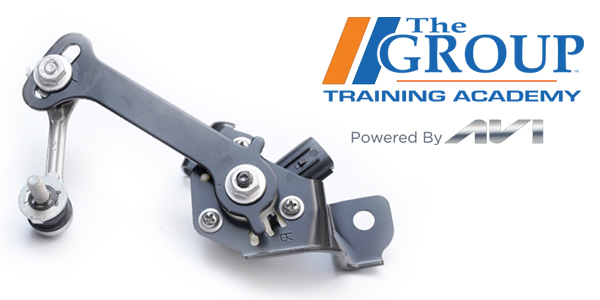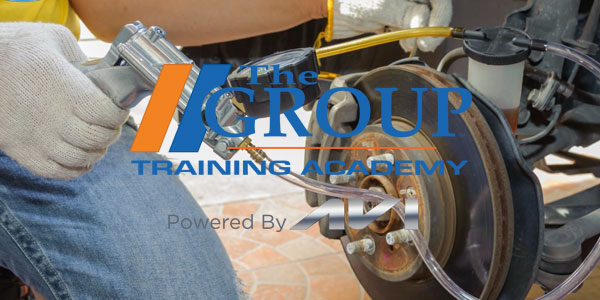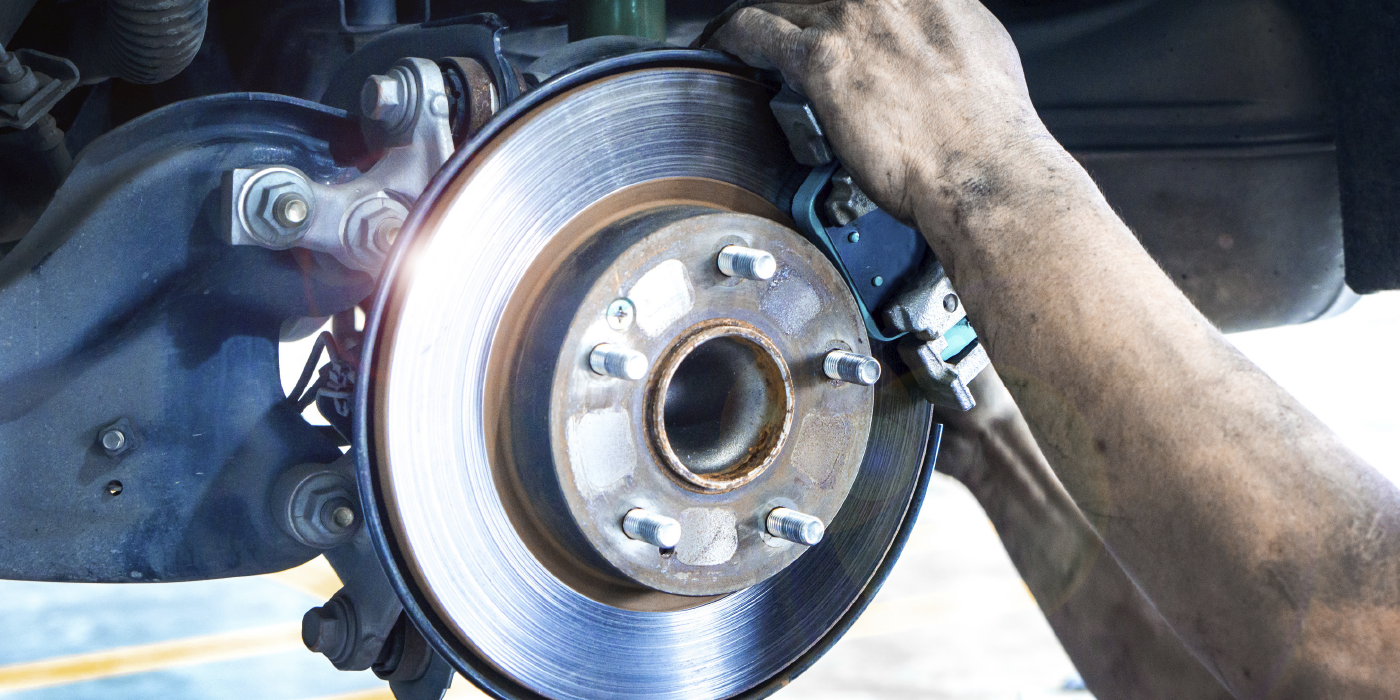It’s the fastest growing fuel segment, with more than half of new vehicles now equipped with this system.
IT is gasoline direct injection, or GDI, and it has been a key part of efforts to improve fuel economy and reduce emissions since the early 2000s.
While these efforts have proved effective, GDI systems encounter specific failures and require an understanding of how they work and how to test them when they set a code.
Are you ready?
Let’s look inside the system. Fuel injectors on a GDI engine inject fuel directly into the combustion chamber primarily on the intake stroke and, in some cases, on the compression stroke as well. Typically, a low-pressure fuel pump is located in the fuel tank. This pump supplies a second, high-pressure fuel pump. The high-pressure pump is a mechanical pump, driven off of the engine. There is also a cam follower between the pump and the cam, that is subject to wear. The ECU determines the fuel pressure required, and the high-pressure pump supplies the fuel rail with fuel. Gasoline Direct Injectors can operate in excess of 2,000 PSI!
The amount of low-pressure fuel allowed into the high-pressure pump by the PCM-controlled integral fuel regulator determines the amount of fuel pressure that the pump generates in the fuel rail. In order to deliver high-pressure fuel to the fuel rail, the regulator valve must be timed to the camshaft lobes. This is accomplished by monitoring camshaft position sensor input from the camshaft that drives the high-pressure pump.
If you’re replacing a fuel injector, it’s obviously because the original has failed. Why replace a failed injector with an identical one or even worse, a value line injector that has been “remanufactured.” GDI Injectors have so many small, precision parts they can’t actually be remanufactured, so these injectors are just old, worn OE injectors that have been cleaned and flushed. Instead, choose a high quality, precision engineered, entirely new aftermarket injector from Standard.
Standard engineers pored over OE designs to identify weaknesses and improve upon them. For instance, OE injectors in late-model Honda Odysseys, Pilots, and Ridgelines can throw numerous DTC codes. Standard’s solution is to include a retaining clip to keep the injectors in position, protecting against vibration and avoiding these codes and the associated damage.
Standard also precision engineers and extensively tests its injectors for precise flow and spray pattern matching, meeting strict requirements for flow rates to deliver OE-matching fuel economy, performance and emissions. Much of this process takes place at Standard’s very own fuel injection and emissions research, development, and manufacturing facility in Greenville, South Carolina. Standard injectors are also tested on actual vehicles at the Standard vehicle testing center in Texas, so you can trust that you’re installing an injector that will perform and last.
Standard’s GDI line-up includes hundreds of part numbers for domestic and import vehicles, including applications through 2023, providing industry-leading late-model coverage. Whether you’re in need of an individual component or a complete kit, Standard® has you covered. While the Standard GDI program is anchored by Injectors, it also includes High-Pressure Fuel Pumps, Fuel Injector Rail Kits, Fuel Pressure Sensors, Fuel Feed Lines, Fuel Pressure Regulators, and Fuel Pressure Sensor Connectors, and new High-Pressure Fuel Pump Kits.
Standard Blue Streak also offers Direct Injection High-Pressure Fuel Pump Kits. If you’ve ever encountered an instance of low fuel pressure, you know that it can be difficult to determine if the issue is caused by the high-pressure pump or the cam follower. The Blue Streak High-Pressure Fuel Pump Kit includes include the high-pressure pump, cam follower, a gasket and depending on the application, the hardware, and O-rings you need for a complete service. This is the best way to make sure the job is done right the first time. These kits are available for popular import and domestic vehicles, and Blue Streak is constantly adding new numbers to make sure you have the parts you need.
For tips on replacing GDI components, search “GDI” on the StandardBrand YouTube channel. To learn more, visit www.StandardGDI.com.












